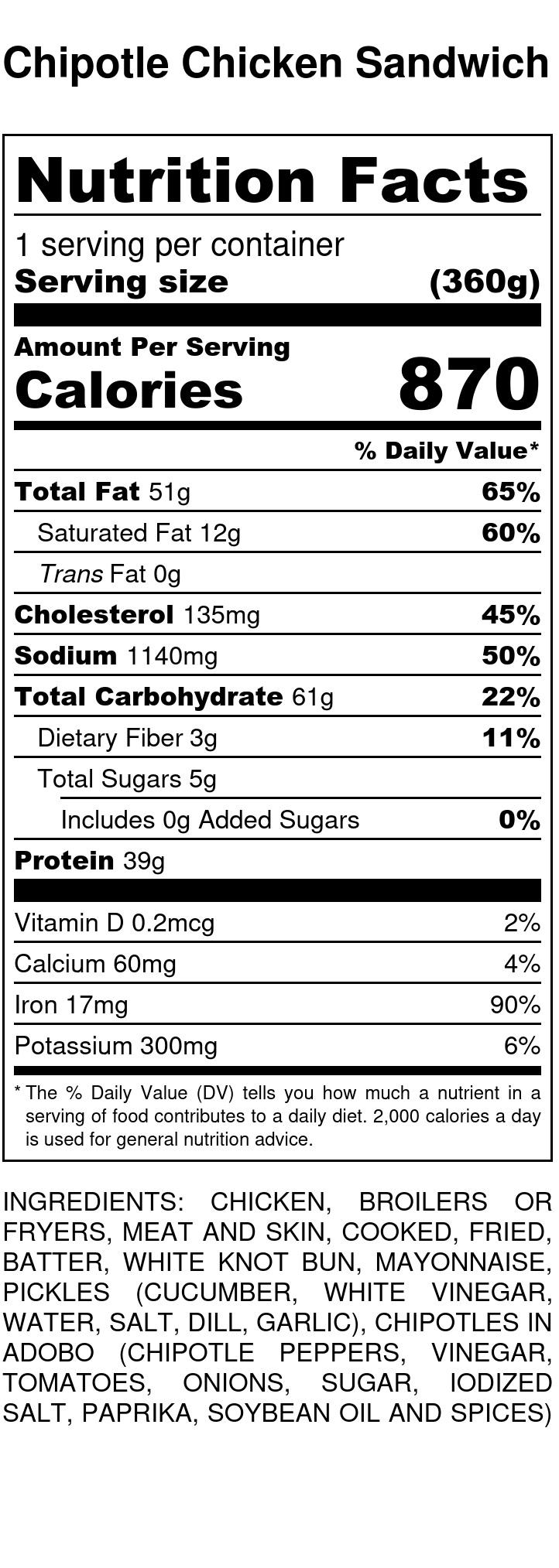In the bustling aisles of supermarkets, where vibrant packages vie for attention, lies a hidden world of information waiting to be discovered. These are the food labels, often overlooked yet brimming with secrets that can unlock the path to better health. As we navigate the modern landscape of nutrition, understanding these labels becomes not just a skill but a necessity. They are the silent guides that inform our choices, impact our well-being, and empower us to take control of our dietary destinies. Join us as we delve into the intricate art of deciphering food labels, unraveling the mysteries that lie within, and learning how these small print details can lead to big changes in our health journey.
Decoding Nutritional Information for Healthier Choices
When you pick up a product at the store, the nutritional label is your best ally in making informed choices. These labels offer a wealth of information that, when understood correctly, can guide you toward healthier options. Start by examining the serving size; this tells you the portion the nutritional facts are based on. Next, look at the calories to manage your energy intake effectively. If you’re watching your weight or trying to maintain a balanced diet, keeping an eye on this number is crucial.
- Total Fat: Not all fats are created equal. Aim for products low in saturated and trans fats.
- Sodium: High levels can lead to increased blood pressure. Look for options with lower sodium content.
- Sugars: Natural sugars in fruits and dairy are different from added sugars. Be mindful of added sugars in processed foods.
- Fiber: A good source of dietary fiber can aid digestion and help maintain a healthy weight.
- Protein: Essential for building and repairing tissues, protein is a crucial component of your diet.
Understanding these elements can empower you to make smarter decisions, leading to a healthier lifestyle. So, the next time you’re at the grocery store, take a moment to decode the label and make choices that align with your health goals.

Unveiling Hidden Ingredients and Additives
In the labyrinth of food labels, the fine print often conceals a myriad of ingredients and additives that are not immediately recognizable. For the health-conscious consumer, this can be both a challenge and an opportunity to make informed choices. When perusing the aisles, it’s crucial to understand that terms like “natural flavors” or ”spices” can sometimes mask a cocktail of chemicals and synthetic compounds. By becoming familiar with common additives such as monosodium glutamate (MSG), high-fructose corn syrup, and artificial sweeteners, you can better navigate these hidden elements.
- Preservatives: These are used to extend shelf life but may include synthetic options like sodium benzoate and potassium sorbate.
- Colorings: Often added for visual appeal, look out for names like Yellow No. 5 and Red 40, which are synthetic dyes.
- Emulsifiers: Ingredients like lecithin and mono- and diglycerides help blend oil and water, but not all are derived from natural sources.
By decoding these elements, you empower yourself to choose products that align with your health goals, ensuring that the food you consume is as wholesome as it is delicious.
Navigating Serving Sizes and Daily Values
Deciphering food labels can feel like unraveling a complex puzzle, yet understanding them is pivotal for making informed dietary choices. Serving sizes are your starting point, acting as a benchmark for the rest of the nutritional information. They often represent a standard quantity that might not align with your typical consumption, so it’s crucial to adjust the values based on your actual portion size. Keep in mind that the nutritional data provided is per serving, not per package, which can be a common source of confusion.
Daily Values (DVs) offer a reference framework based on a typical 2,000-calorie diet, though individual needs may vary. Here’s how you can leverage these values to gauge nutritional adequacy:
- 5% DV or less: This signifies that the nutrient content is low, ideal for nutrients like sodium or saturated fats.
- 20% DV or more: Indicates a high content, beneficial for fiber, vitamins, and minerals.
Using these metrics, you can craft a balanced diet that aligns with your personal health goals and nutritional requirements.

Practical Tips for Mindful Grocery Shopping
In the hustle and bustle of everyday life, it’s easy to overlook the small print on the back of food packaging. However, understanding these labels can make a world of difference in your dietary choices. Start by scanning the ingredient list—ingredients are listed by quantity, from highest to lowest. This means the first few items are the most abundant in the product. Watch out for hidden sugars and artificial additives that might be lurking under unfamiliar names.
Be sure to pay attention to the serving size, which can be misleading. A package may seem low in calories until you realize it contains multiple servings. Check for key nutrients like fiber, protein, and essential vitamins, and compare these to your daily needs. Here’s a quick checklist to guide you:
- Natural Ingredients: Look for whole foods and minimal processing.
- Sugar Content: Aim for products with less added sugar.
- Fiber and Protein: Higher amounts can contribute to a balanced diet.
- Trans Fats: Opt for items with zero trans fats.
- Sodium Levels: Choose options with lower sodium.
By integrating these mindful practices into your grocery routine, you can make more informed choices that align with your health goals. A little time spent understanding food labels can lead to a lifetime of better health.
To Wrap It Up
In the ever-evolving landscape of nutrition, understanding food labels serves as a compass, guiding us through the myriad choices that line the supermarket aisles. With each label decoded, we empower ourselves to make informed decisions that resonate with our health aspirations. It’s not just about counting calories or scrutinizing sugars, but about fostering a deeper connection with what nourishes our bodies. As we peel back the layers of each label, we uncover a narrative of ingredients, nutrients, and values that align with our wellness goals. So, let us embark on this journey with curiosity and mindfulness, transforming our shopping carts into vessels of vitality and well-being. the labels we read today become the building blocks of the healthier tomorrows we envision.


































